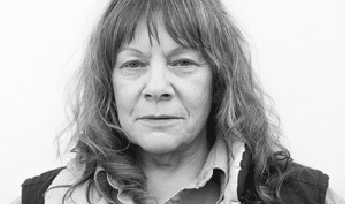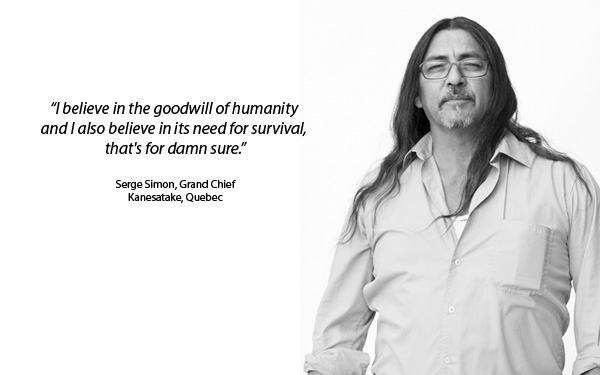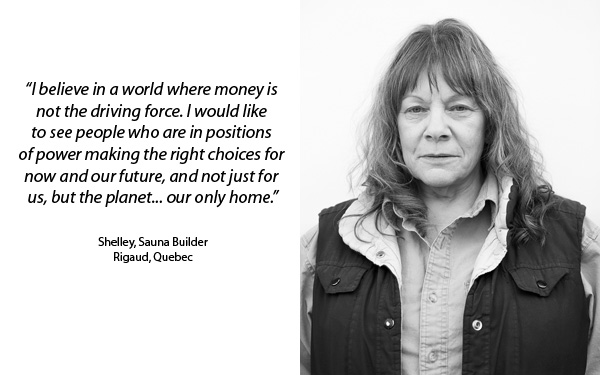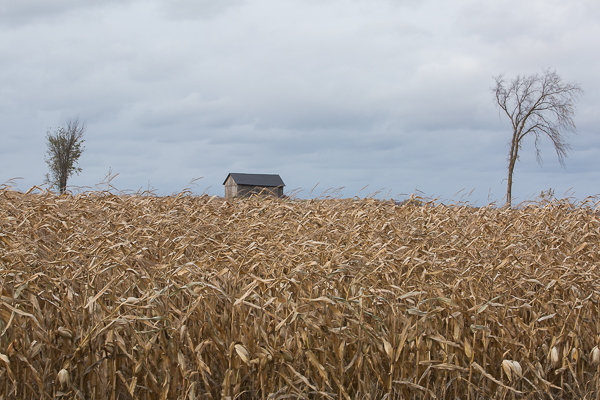A photographer who has shot for National Geographic Traveller is setting out on a road trip along the proposed route of the TransCanada Energy East pipeline. Robert van Waarden is trying to crowdsource $10,000 to partially cover the costs of his project to put a human face on the proposed $1.2 billion project.
“There is an opportunity to tell the personal story about how people along the line feel,” van Waarden says about his motivation to capture stories from a cross section of Canadians stretching from “the fisherman on Grand Manan Island to the farmer in Saskatchewan.”
Energy East is a massive project proposed by TransCanada Corp. to bring 1.1 million barrels a day of western oil to eastern markets along a 4,600-kilometre pipeline. It involves the conversion of an existing gas pipeline, the development of 72 new pumping stations along the route and new pipelines to connect the line from the oilsands in Alberta to Quebec City and then on to St. John, N.B.
“This is going to cross so much Canadian land and waterways and First Nations land and it’s going to have a big impact,” van Waarden says.
Image credit: Robert van Waarden
Supporters of the proposal describe Energy East as a ‘nation-building‘ piece of infrastructure to eliminate Eastern Canada’s dependency on imported oil. A report prepared for TransCanada estimated the pipeline would create more than 10,000 jobs and generate $10 billion in GDP during the construction phase and sustain 1,000 direct full-time jobs during the 40-year lifespan of the project.
The Pembina Institute, a sustainable energy think tank, says the oil needed to fill Energy East would generate up to 32 million tonnes of additional carbon dioxide emissions each year – 50 per cent more than the Keystone XL pipeline.
“Many people will talk about the climate impact of the pipeline, but less people will inherently understand what it will be like to live along the route,” Adam Scott, a program manager at Environmental Defence, says. “Robert’s work is a really important way for people to make an emotional connection.”
The Energy East pipeline would cross many farmer’s fields, like this one in Rigaud, Quebec. Image credit: Robert van Waarden
Environmental Defence and Greenpeace Quebec have provided some seed funding for van Waarden’s project and the crowd-funded money is meant to fill the gap. Van Waarden plans to complement his images with multi-media stories featuring the voices of the people he encounters in his travels. Scott says Environmental Defence wants to take large prints of the final images on tour to communities along the proposed pipeline.
Van Waarden studied photography at the Western Academy of Photography in Victoria in 2004. His publication credits include National Geographic Traveller, Canadian Geographic and CNN. His photos have been featured in solo exhibits in London, England, Ottawa, Washington, D.C., and Cairo. For his Along the Pipeline project, van Waarden will be shooting with a film camera, a Toyo 4×5, because he “really wanted to slow it down a notch.”
In early March, TransCanada submitted a project description to the National Energy Board and is expected to file for full regulatory approval this summer. The federal Conservatives, Liberals and NDP, as well as every provincial premier along the route, are publicly in support of the project.
Subscribe to our newsletter
Stay up to date with DeSmog news and alerts









